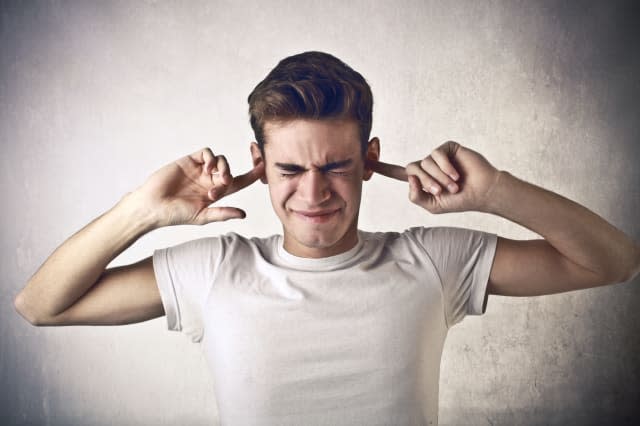Door sensors and speakers 'emit high frequency sounds linked to illness'

High frequency sounds generated by door sensors, public address systems and machinery could be making people feel ill, research suggests.
Despite being beyond the range of human hearing, ultrasound in the air may be responsible for numerous complaints of sickness, dizziness, migraines, fatigue and tinnitus, it is claimed.
It has been known for a number of years that workers exposed to occupational ultrasound from cleaning or drilling equipment suffer similar effects.
Typical sources of ultrasound in public places include loudspeakers, door sensors and public address systems.
Study author Professor Tim Leighton is calling for new research-based guidelines to protect members of the public from the hidden noise hazard.
He said: "Existing guidelines are insufficient for such large public exposures as the vast majority refer to occupational exposure, where workers are aware of the exposure, can be monitored and can wear protection. Furthermore, the guidelines are based on the average response of small group, often of adult males.
"The guidelines are also based on an insufficient evidence base, most of which was collected over 40 years ago by researchers who considered it insufficient to finalise guidelines, but which produced preliminary guidelines. This warning of inadequacy was lost as regulatory bodies and organisations issued 'new' guidelines based on these early guidelines, and through such repetition generated a false impression of consensus."
Prof Leighton, from the University of Southampton's Institute of Sound and Vibration Research, took readings of very high frequency ultrasonic fields (VHF/US) in a number of locations including a large library, a railway station, a school, a sports stadium, and the toilet block at a public swimming pool.
Analysis of the recordings showed members of the public were regularly exposed to ultrasound frequencies higher than 20,000 cycles per second (20kHz), the threshold for current occupational guidelines.
A frequency of 20kHz is at the highest end of a young person's hearing range. Generally people hear sounds within a range of about 15-18kHz.
"Individuals who are unlikely to be aware of such exposures are complaining, for themselves and their children, of a number of negative conditions," said Prof Leighton, whose findings are reported in the journal Proceedings of the Royal Society A.
"Recent data suggests that one in 20 people aged 40-49 years have hearing thresholds that are at least 20 decibels (dB) more sensitive at 20kHZ than that of the average 30-39 year old. Moreover, 5% of the five to 19 year age group is reported to have a 20kHz threshold that is 60 dB more sensitive than the median (middle of the range) for the 30-39 year age group.
"The lack of research means that it is not possible to prove or disprove the public health risk or discomfort. However, it is important that sufferers are able to identify the true cause of their symptoms, whether they result from VHF/US exposure or not."
He recommended that the old occupational guidelines should not apply to public or residential exposure to ultrasound.


